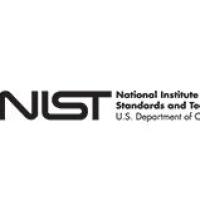Testing the Commissurotomy Patient
互联网
654
Testing of split-brain patients over the last 25 years has involved a myriad of procedures, both clinical and experimental. Some were adapted from animal testing, others from clinical neurology, and more from experimental psychology. Of these procedures, some proved cumbersome, others unrewarding, and still others misleading. Those that survived the test of time have been progressively improved by simplification, by the introduction of technological advances, and, above all, by increasing sophistication on the part of the examiners. Experienced split-brain experimenters are often surprised when noted and unquestionably competent neuropsychologists who have a rich experience in testing hemisphere-damaged patients or in assessing laterality effects in normal subjects show themselves initially unequal to the task of testing the commissurotomy patient. The chronic disconnection syndrome is dramatic, widely known, and readily explicable. However, the arsenal developed to assess it is complex, sometimes subtle, and often based on implicit assumptions. This chapter aims to describe that arsenal and make explicit those assumptions. The chapter addresses three interrelated questions: how to find out whether a patient exhibits the disconnection syndrome, how to test hemispheric functions in such a patient once diagnosed correctly, and how to explore the current frontier of extra-callosal communication.









